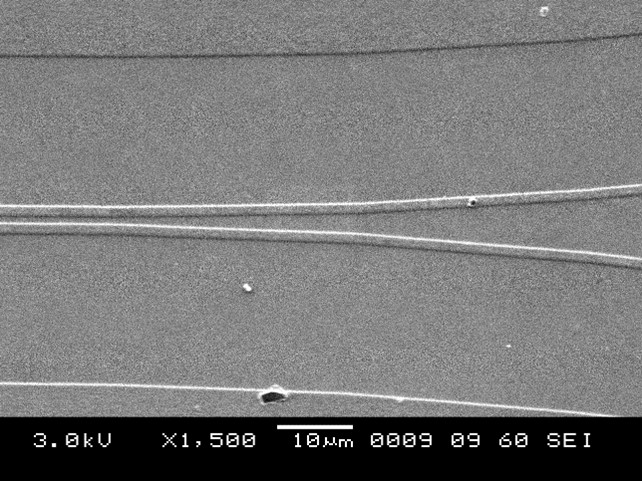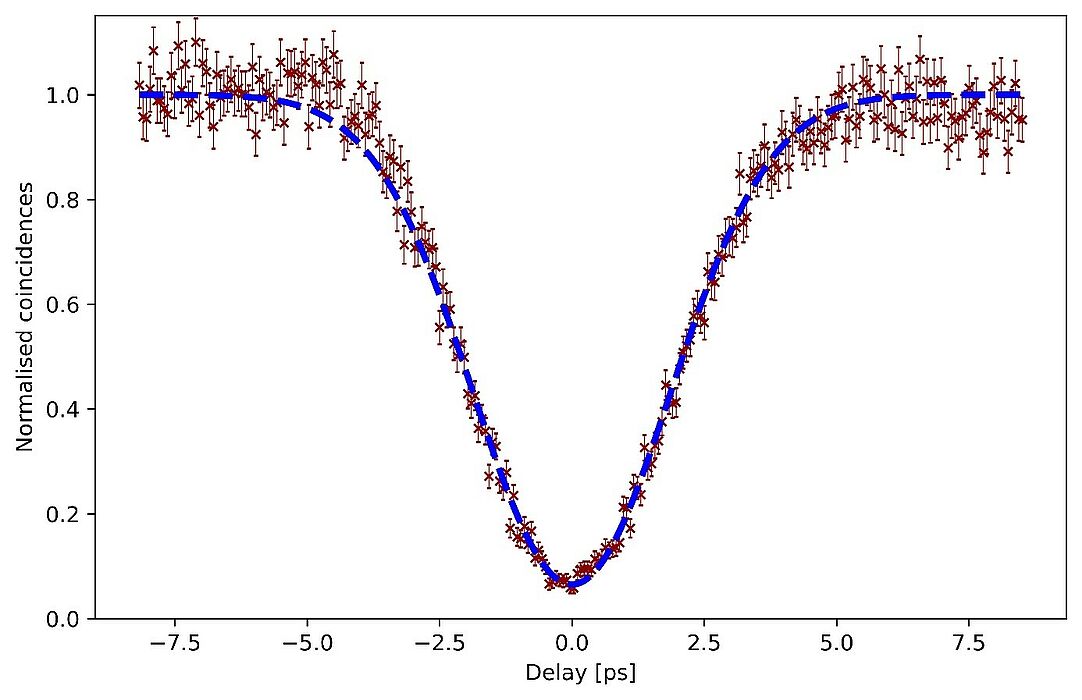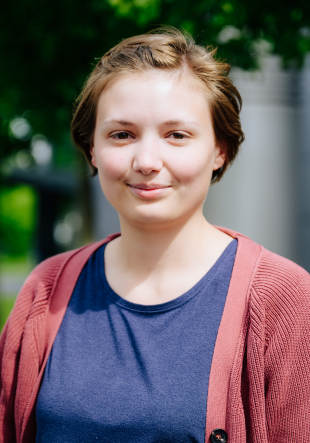Imagine two photons, the smallest quanta of light, meeting at a glass plate which transmits 50% of the light and reflects the other 50%. These two photons can take 4 different paths (see Figure 1); either both photons are reflected or transmitted (b and c) or one photon is reflected and the other one transmitted or vice versa (a and d).
This is the classical behaviour of two photons at a beam splitter. However, if we now imagine that the photons are identical twins and meet at the beam splitter at the same time then a quantum effect takes place which leads to a bunching of the twin photons. In other words, the photons will always share one path together (see Figure 1 a) and d)). But, it only occurs with twin photons than imping on the beam splitter at the same time. If we delay one twin photon than the photons will not bunch together and can also leave the beam splitter separately. This effect is measured by delaying the twin photons and checking after the beam splitter if there is a photon in each output or only in one output which then means that they bunched together. The events of measuring photons in both outputs is called coincidences. No coincidences are expected if both photons impinge on the beam splitter at the same time.
The photon-bunching effect is also called Hong-Ou-Mandel interference named after the three scientists discovering it and cannot be explained classically. This quantum interference of photons is a widely used effect in quantum communication and computation.
Physicists from Paderborn University succeeded in showing quantum interference in a novel material platform called thin-film lithium niobate by implementing the beam splitter on this platform. A beam splitter consists of two straight waveguides that are brought into close proximity to each other (see Figure 2) for a given length and then separated. In the region where they are close to each other light can couple from one waveguide to the other.
Thin-film lithium niobate gained interest over the last couple of years due to its great optical properties stemming from the structure of the material. It consists of three different layers. The first one is a thin layer (300-1000nm) of lithium niobate which is a material that is widely used for integrated quantum photonics. The second layer is an insulator (here silicon dioxide SiO2) and the third layer is a handle substrate. In this material platform it is possible to generate, manipulate and detect light which are necessary operations, for example for a quantum simulator. In comparison to bulk lithium niobate this is more efficient and can be more compact.
The team of Prof. Dr. Christine Silberhorn measured the quantum HOM interference in a directional coupler in thin-film lithium niobate. The result (see Figure 3) agrees well with the theory, since if there is no time delay between the twin photons which means they will take the same path, less coincidences are measured. But if there is a time delay and the twin photons can take different paths the coincidences increase. This paves the way for more sophoisticated quantum experiment in the new material platform and applications.
The paper about this experiment is published in the scientific journal Optics Express Vol. 31, Issue 14, pp. 23140-23148 (2023).




